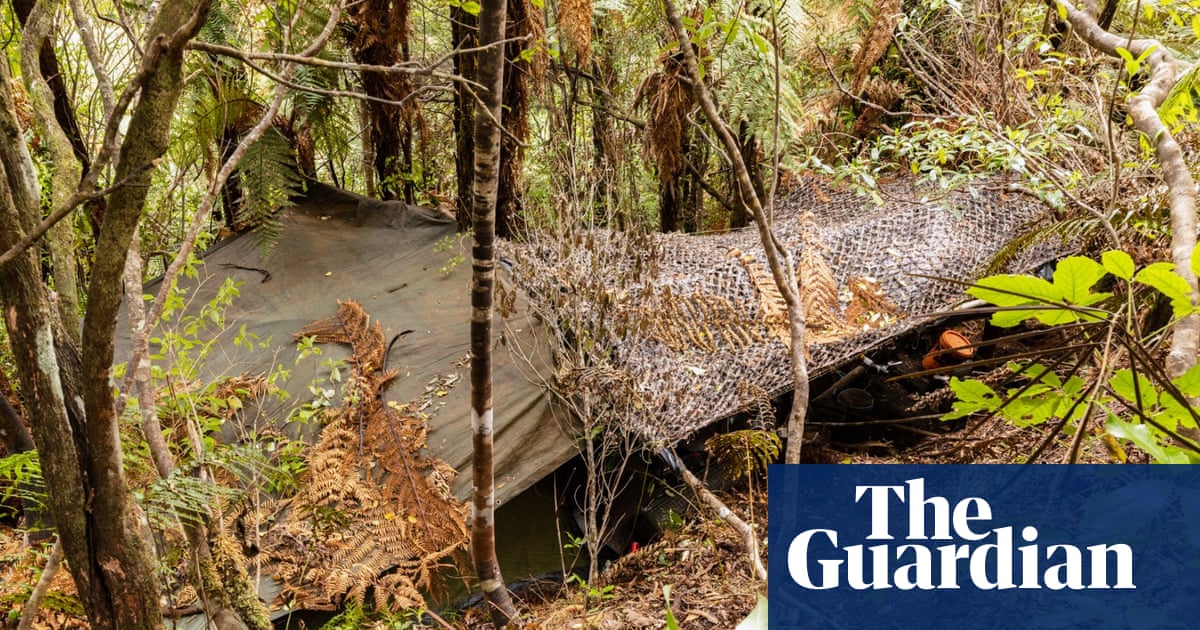Japan has voiced “serious concern” over a near miss involving one of its military planes and a Chinese fighter jet in the Pacific, where recent manoeuvres by Chinese aircraft carrier groups have raised tensions across the region.
The Chinese aircraft took off from a moving aircraft carrier, the Shandong, and reportedly flew within 45 metres of a Japanese Self-Defence Force (SDF) patrol plane shortly afterwards. On Thursday, Japan’s chief cabinet secretary, Yoshimasa Hayashi, urged Beijing to prevent a repeat of the incident, which took place at the weekend.
Hayashi said the near miss, which occurred in international waters, could have caused an accidental collision.
Japan’s defence ministry said a J-15 fighter jet from the Chinese aircraft carrier Shandong had engaged in other “dangerous” activity, including passing in front of an SDF aircraft flying at the same altitude about 900 metres away.
Although there was no damage to the Japanese plane or injuries among its crew, Japan had “expressed serious concerns” over the “abnormal approaches”, the ministry said.
The incidents have added to concern across the Asia-Pacific about China’s increasingly bold naval and air activity.
China sees its carrier groups as essential to its goal of projecting power in the region’s oceans. It routinely sends coast guard vessels, warships and warplanes to areas around disputed islands in the east China Sea, but it appears to be extending its reach.
China’s military and government have not responded publicly to Japan’s complaint about the near miss. Earlier this week, however, the foreign ministry defended the dual aircraft carrier drills in the Pacific, urging Japan to “view those activities objectively and rationally”.
“China’s military vessels’ activities in relevant waters are fully consistent with international law and international practices,” spokesman Lin Jian said. “China pursues a national defence policy that is defensive in nature.”
The dual carrier drills, which officials said were designed to test “troops’ capabilities in far-sea defence and joint operations”, are a sign of China’s intention to expand its presence beyond the first and second island chains that border its eastern coastline.
The first chain refers to the Pacific archipelago off the Asian mainland that includes Japan, Taiwan and part of the Philippines; the second is a strategic line that extends to Guam, a US territory in the Pacific. Last weekend was the first time a Chinese carrier had sailed east of the second chain.
Japan’s defence minister, Gen Nakatani, said: “China apparently aims to elevate its capability of the two aircraft carriers, and to advance its operational capability of the distant sea and airspace.”
Chinese fighter pilots have been accused of dangerous manoeuvres in the past, including by Australia, the Philippines, the US and Canada, as recently as February.
In February the People’s Liberation Army (PLA) also held live-fire drills in the Tasman Sea between Australia and New Zealand.
State officials and media insist the naval activity is not aimed at a specific country or entity, but the PLA is openly working towards being able to launch a land invasion of Taiwan.
On Wednesday, Chinese state media accused Japan of potentially breaching its postwar constitution, which limits its armed forced to a strictly defensive role, with plans to deploy new missile systems to the southern main island of Kyushu.
The reports said the deployment, along with other weapons procurement, was “confrontational” and would “ultimately affect the peaceful development prospects of the entire region”.
The Shandong and a second Chinese aircraft carrier, the Liaoning, entered an area of Japan’s exclusive economic zone (EEZ) – an area within 200 nautical miles (370km) of its coastline – in the Pacific for the first time last weekend.
The Shandong sailed through waters 550km south-east of Japan’s Miyako Island in the southern prefecture of Okinawa on Saturday, the ministry said, adding that it had conducted takeoff and landing drills involving fighter jets and helicopters north of Okinotori, Japan’s southernmost island, and inside its EEZ.
The Liaoning was spotted the same day 300km south-west of the easternmost island of Minamitori, before leaving Japan’s EEZ to conduct similar exercises on Sunday, the Kyodo news agency said.

 3 months ago
47
3 months ago
47

















































